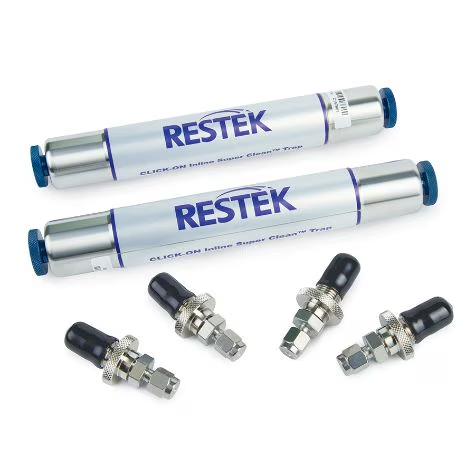
Product Description
Technical specifications
Gas generators
-
Function:Generate specific gases, such as nitrogen, oxygen, or hydrogen, from a source gas like compressed air.
-
Technologies:Common technologies include Pressure Swing Adsorption (PSA), which uses a material to selectively adsorb gas molecules.
-
Examples:
- Nitrogen generators: Separate nitrogen from air, which can then be used as a source for a nitrogen purifier system.
- Hydrogen generators: Reform substances like methanol to create a hydrogen-rich gas mixture.
- Oxygen generators: Separate oxygen from the air using PSA systems.
- Nitrogen generators: Separate nitrogen from air, which can then be used as a source for a nitrogen purifier system.
Gas purifiers
-
Function:Remove remaining impurities from a gas stream to achieve a much higher purity level, often exceeding99.99%.
-
Technologies:Purifiers often use chemical reactions or advanced filtration methods to remove trace contaminants.
-
Applications:Ideal for applications requiring ultra-high purity, like electronics manufacturing, food processing, and pharmaceutical production.
-
Benefits:
- Increased purity: Achieve levels of purity that generators alone cannot, like removing trace oxygen from nitrogen.
- System optimization: Allow for a smaller generator and compressor, which can lead to energy savings.
How they work together
- A gas generator produces a base gas (e.g., lower-purity nitrogen) from a raw source (like compressed air).
- The gas is then passed through a purifier that removes the final contaminants, producing a final, ultra-high purity gas for use in sensitive applications.